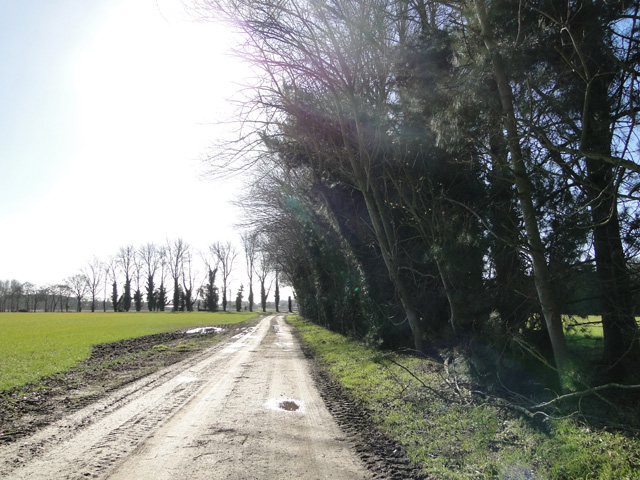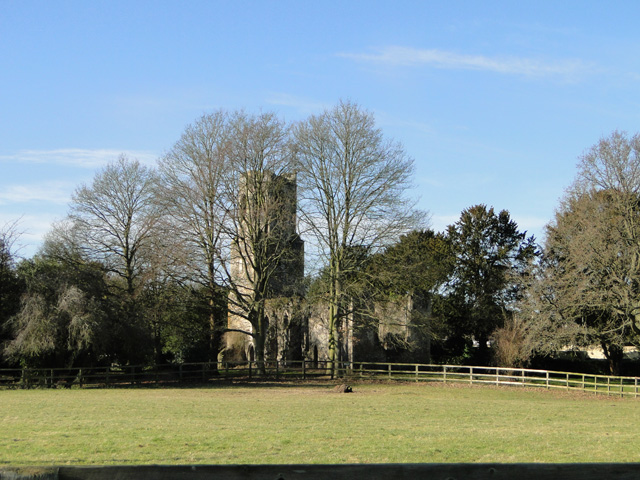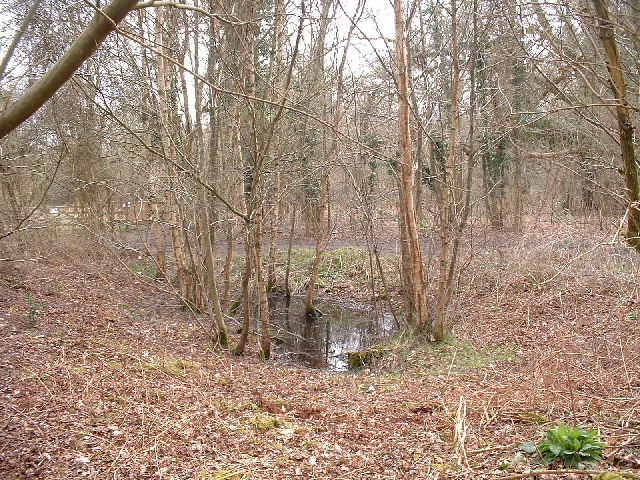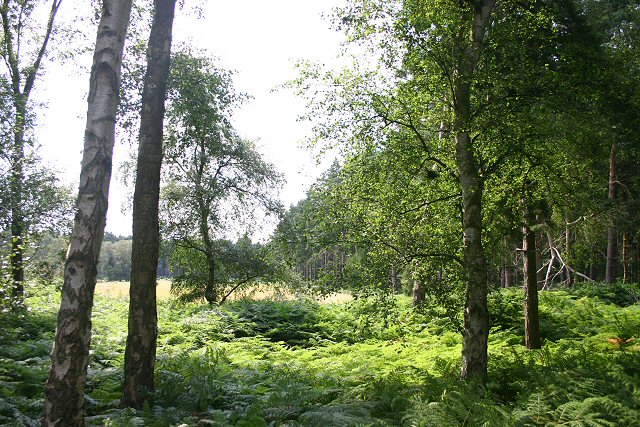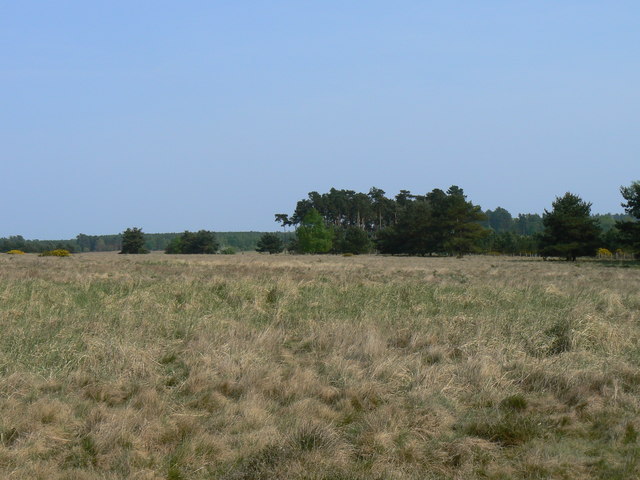Seven Acre Plantation
Wood, Forest in Norfolk Breckland
England
Seven Acre Plantation
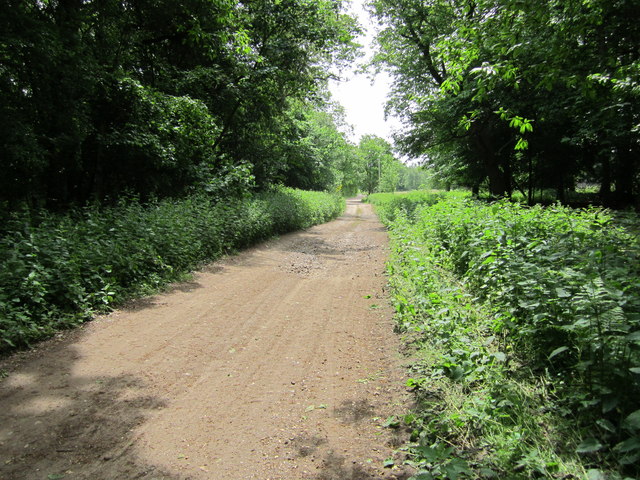
Seven Acre Plantation is a sprawling woodland located in Norfolk, England. Covering an area of approximately seven acres, this plantation is a popular destination for nature enthusiasts and outdoor lovers. Nestled amidst the picturesque Norfolk countryside, the plantation boasts a diverse range of flora and fauna, making it a haven for wildlife.
The woodland is predominantly made up of native tree species, including oak, beech, and birch trees, which create a dense and lush forest canopy. This provides a tranquil and peaceful atmosphere for visitors, allowing them to escape the hustle and bustle of everyday life.
Walking trails wind their way through the plantation, offering visitors the opportunity to explore the natural beauty of the area. The trails are well-maintained and suitable for all levels of fitness, making it an ideal location for a leisurely stroll or a more challenging hike.
Seven Acre Plantation is not only a haven for plant life but also home to a wide variety of wildlife. Birdwatchers can spot a range of species, including woodpeckers, owls, and songbirds. Small mammals, such as squirrels, rabbits, and hedgehogs, can also be seen scurrying through the undergrowth.
The plantation is open to the public year-round, with no admission fees. Visitors are encouraged to respect and preserve the natural environment, ensuring that future generations can continue to enjoy the beauty of Seven Acre Plantation. Whether you're seeking a peaceful retreat or an opportunity to connect with nature, this Norfolk woodland offers an enriching and immersive experience for all.
If you have any feedback on the listing, please let us know in the comments section below.
Seven Acre Plantation Images
Images are sourced within 2km of 52.504997/0.79678514 or Grid Reference TL8993. Thanks to Geograph Open Source API. All images are credited.
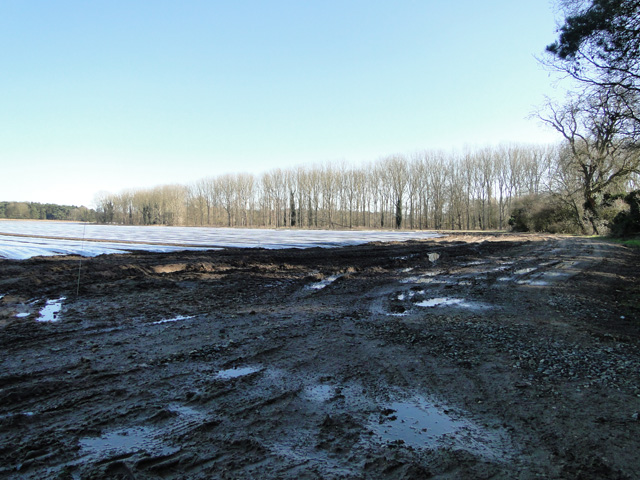
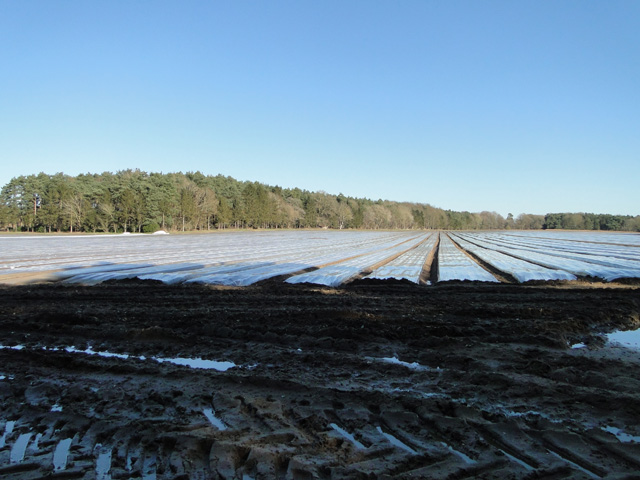
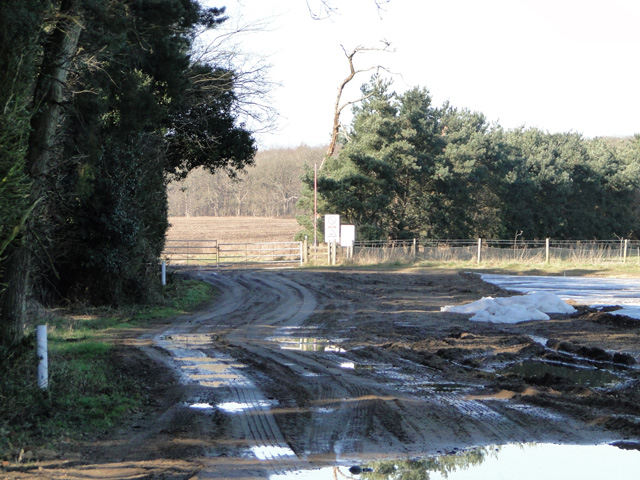
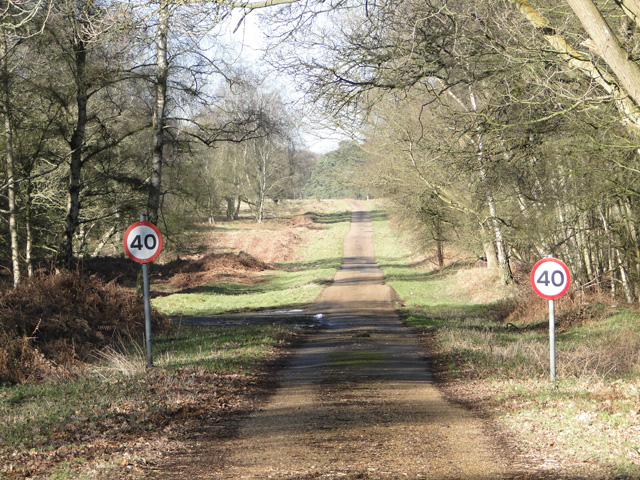



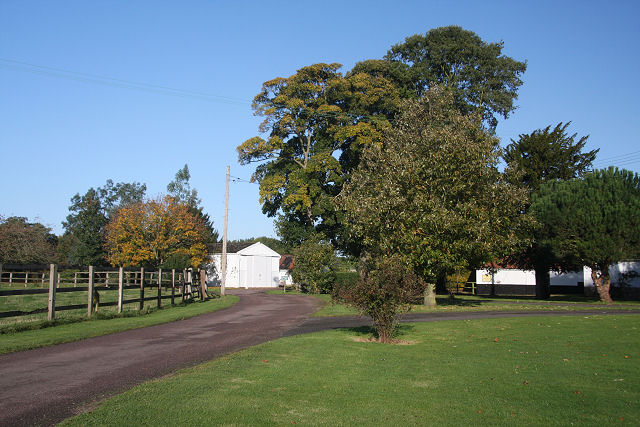
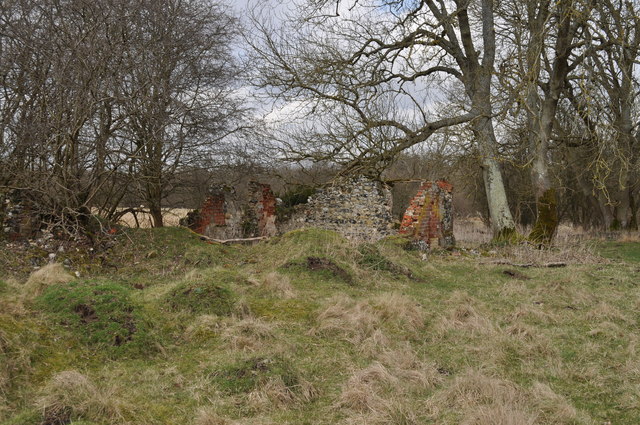
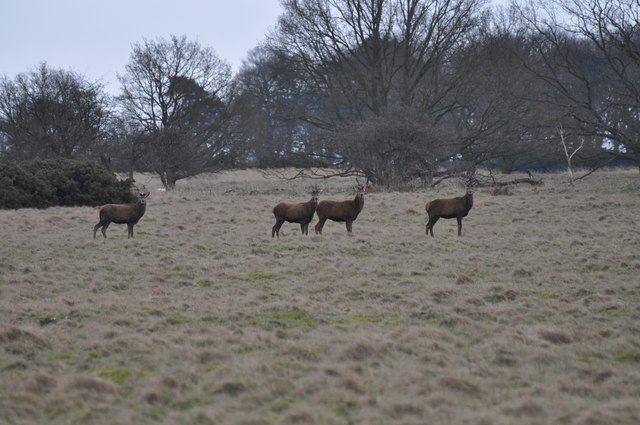
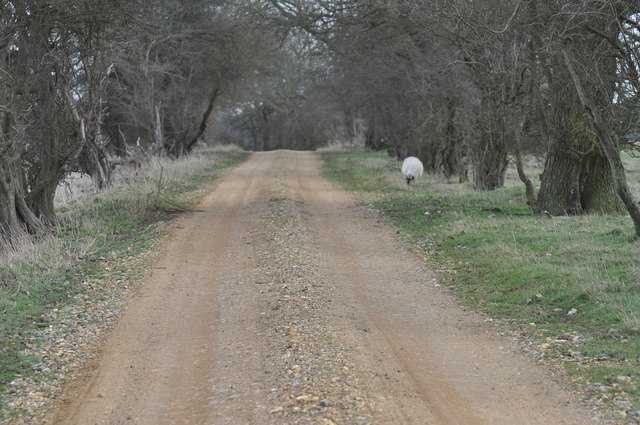
Seven Acre Plantation is located at Grid Ref: TL8993 (Lat: 52.504997, Lng: 0.79678514)
Administrative County: Norfolk
District: Breckland
Police Authority: Norfolk
What 3 Words
///preoccupied.prefix.proudest. Near Watton, Norfolk
Related Wikis
Wretham Park Meres
Wretham Park Meres is a 30-hectare (74-acre) biological Site of Special Scientific Interest north of Thetford in Norfolk.This site consists of four natural...
Sturston, Norfolk
Sturston is a deserted village and civil parish in the English county of Norfolk. It is situated some 7+1⁄2 miles (12 km) north of the town of Thetford...
Breckland
Breckland in Norfolk and Suffolk is a 39,433 hectare Special Protection Area (SPA) under the European Union Directive on the Conservation of Wild Birds...
Tottington, Norfolk
Tottington is a deserted village and civil parish in the English county of Norfolk. It is situated some 6.2 miles (10.0 km) north of the town of Thetford...
Great Eastern Pingo Trail
Great Eastern Pingo Trail is a 9.2 kilometres (5.7 miles) long footpath along a disused railway line north of Thetford in Norfolk. It is a 4.2-hectare...
Stanford Training Area SSSI
Stanford Training Area SSSI is part of the British Army Stanford Training Area. It is a 4,678-hectare (11,560-acre) biological and geological Site of Special...
Wretham
Wretham is a civil parish in the Breckland district of Norfolk, England. The parish includes the village of East Wretham, which is about 6 miles (10 km...
Thompson Water, Carr and Common
Thompson Water, Carr and Common is a 154.7-hectare (382-acre) biological Site of Special Scientific Interest north of Thetford in Norfolk. Most of it is...
Have you been to Seven Acre Plantation?
Leave your review of Seven Acre Plantation below (or comments, questions and feedback).
